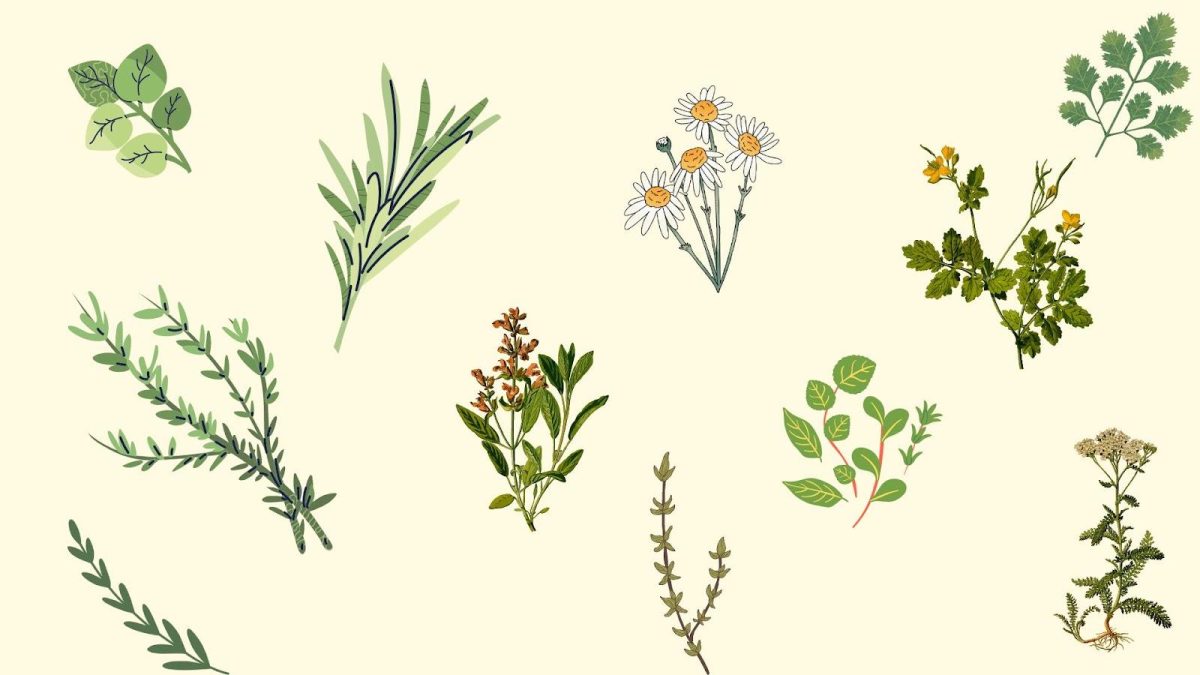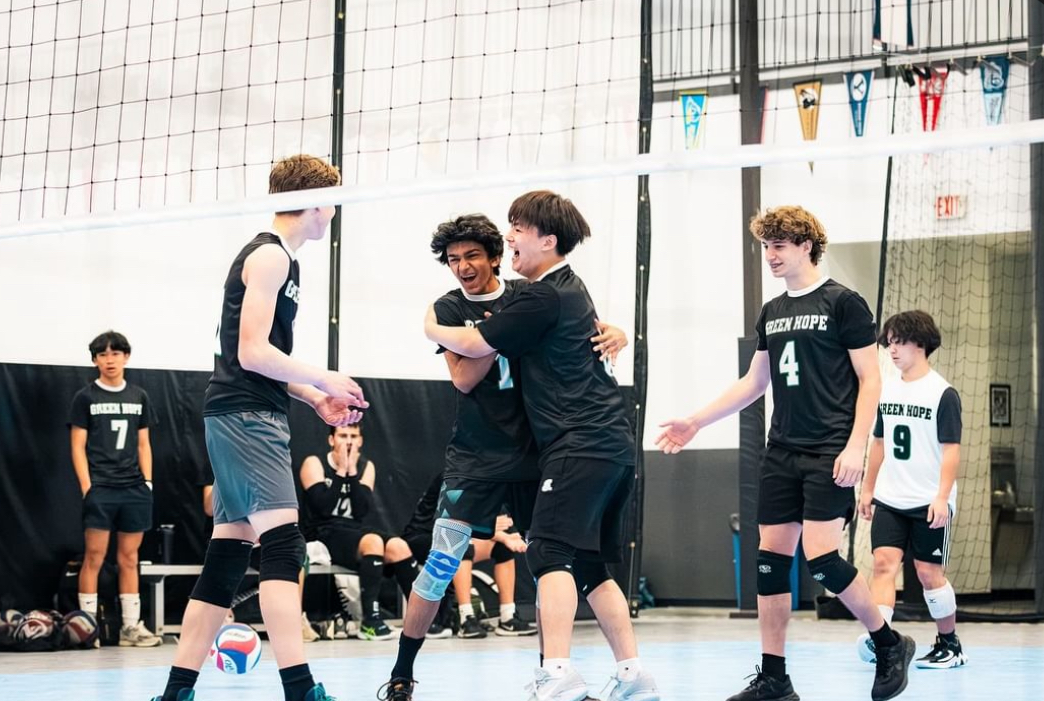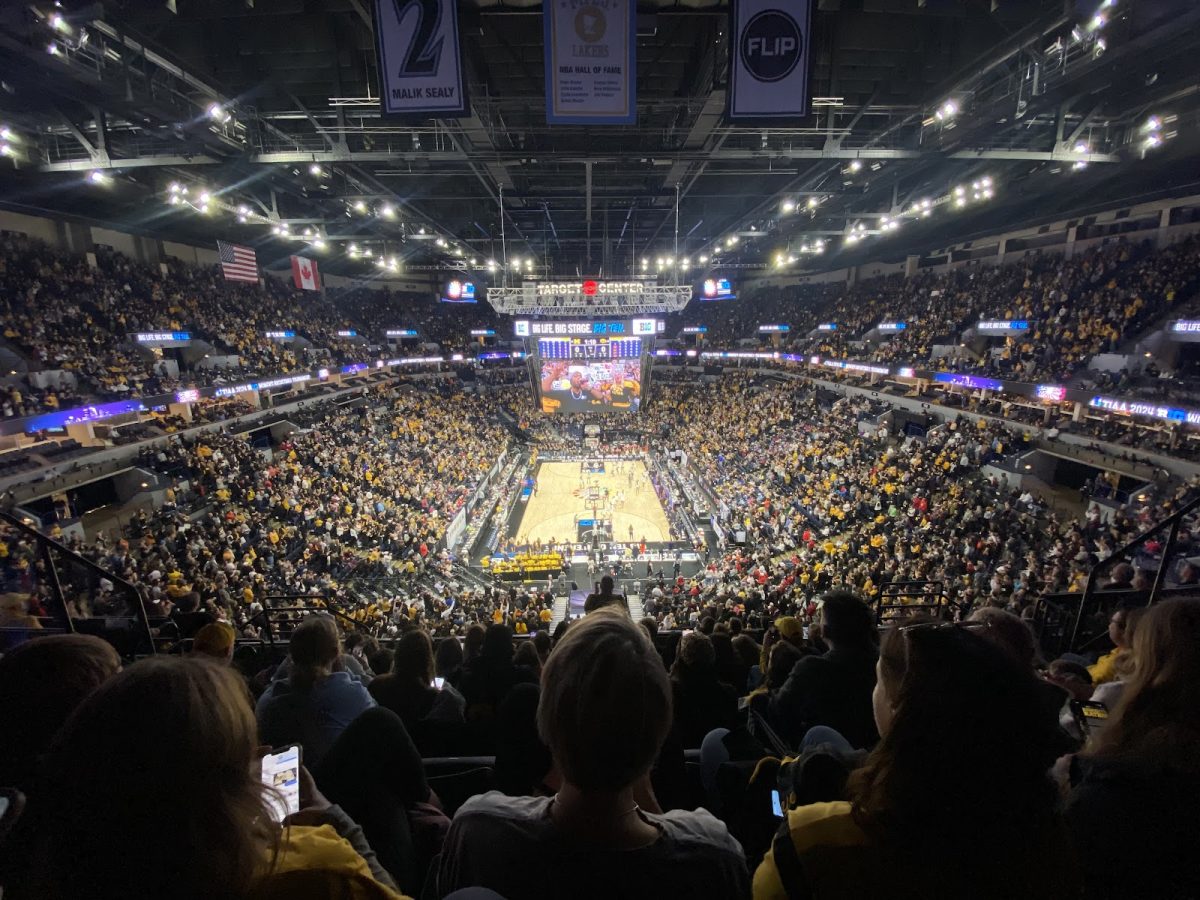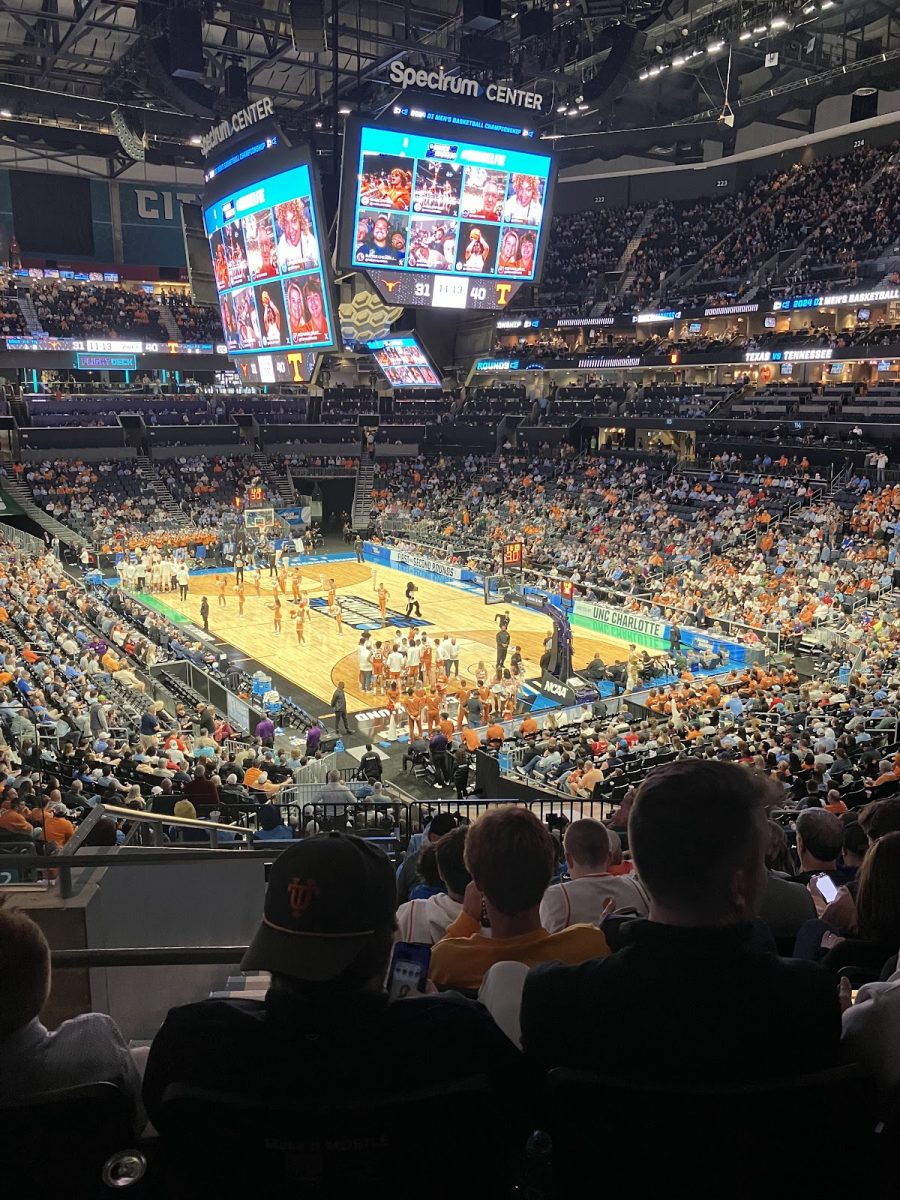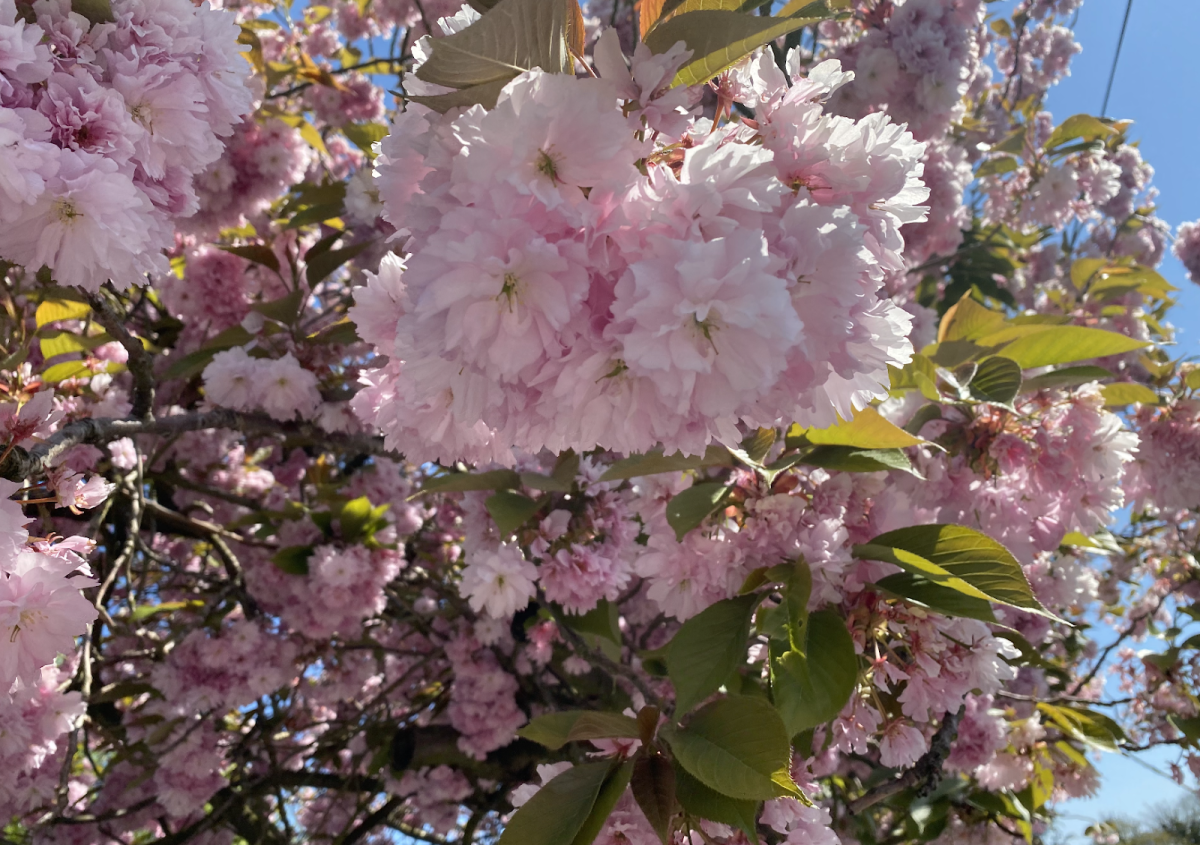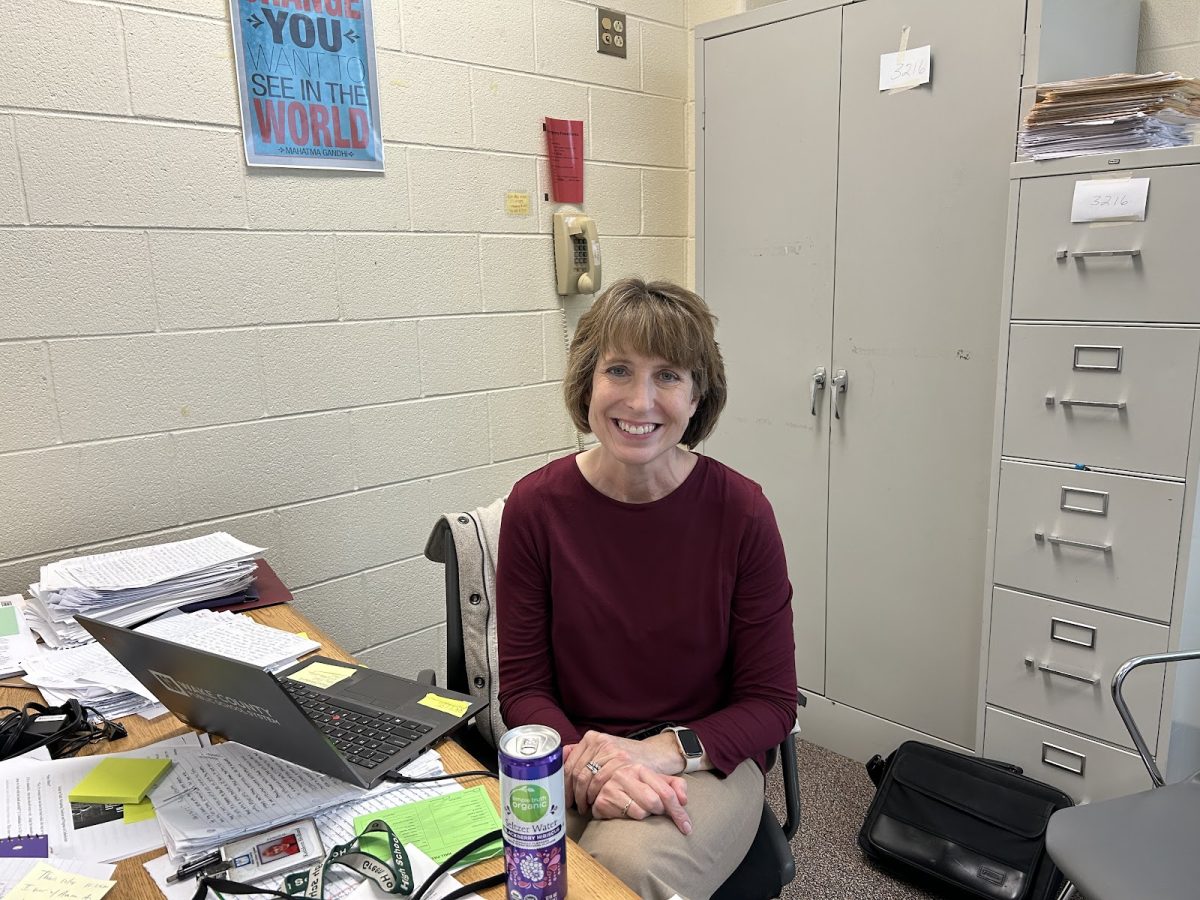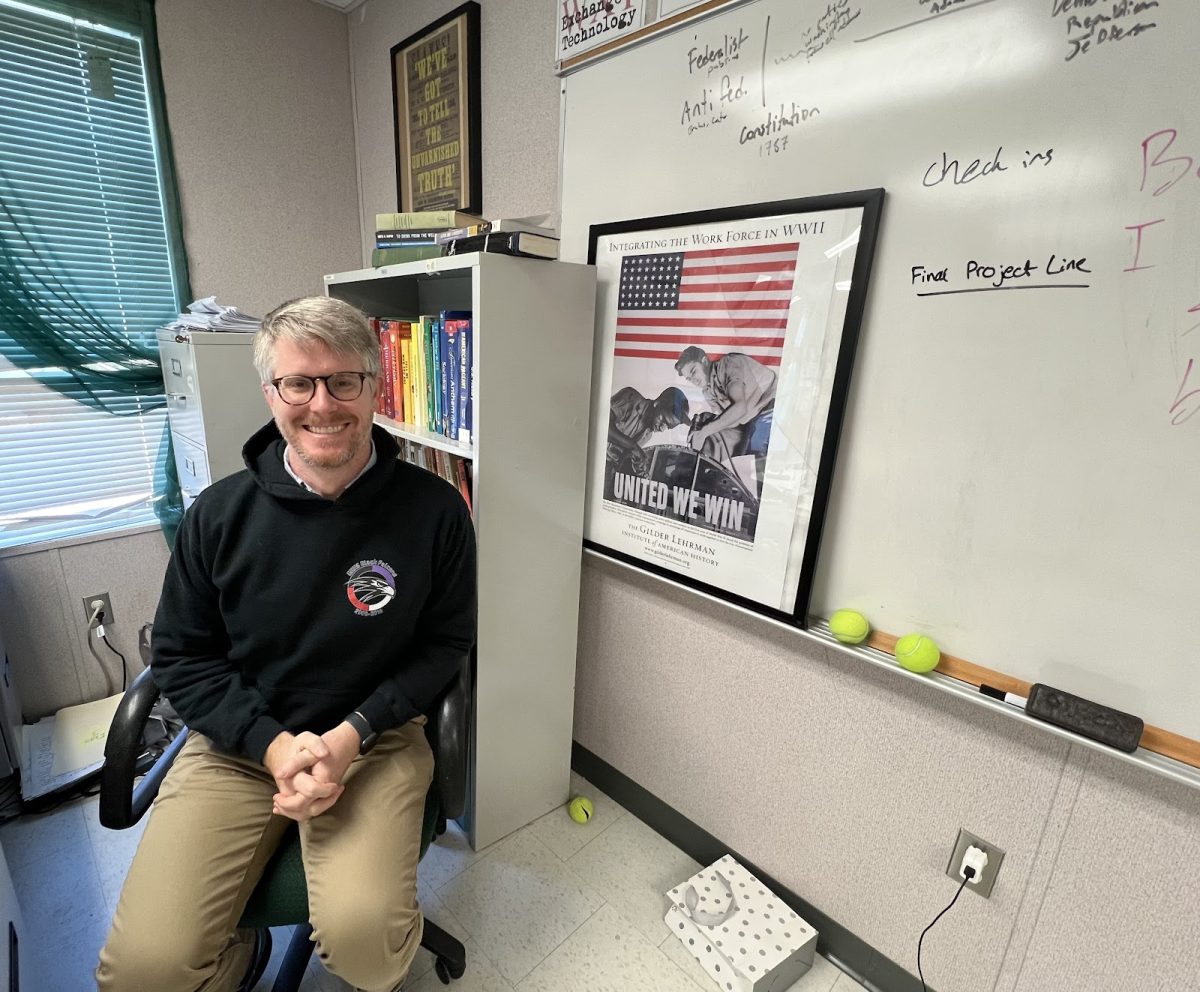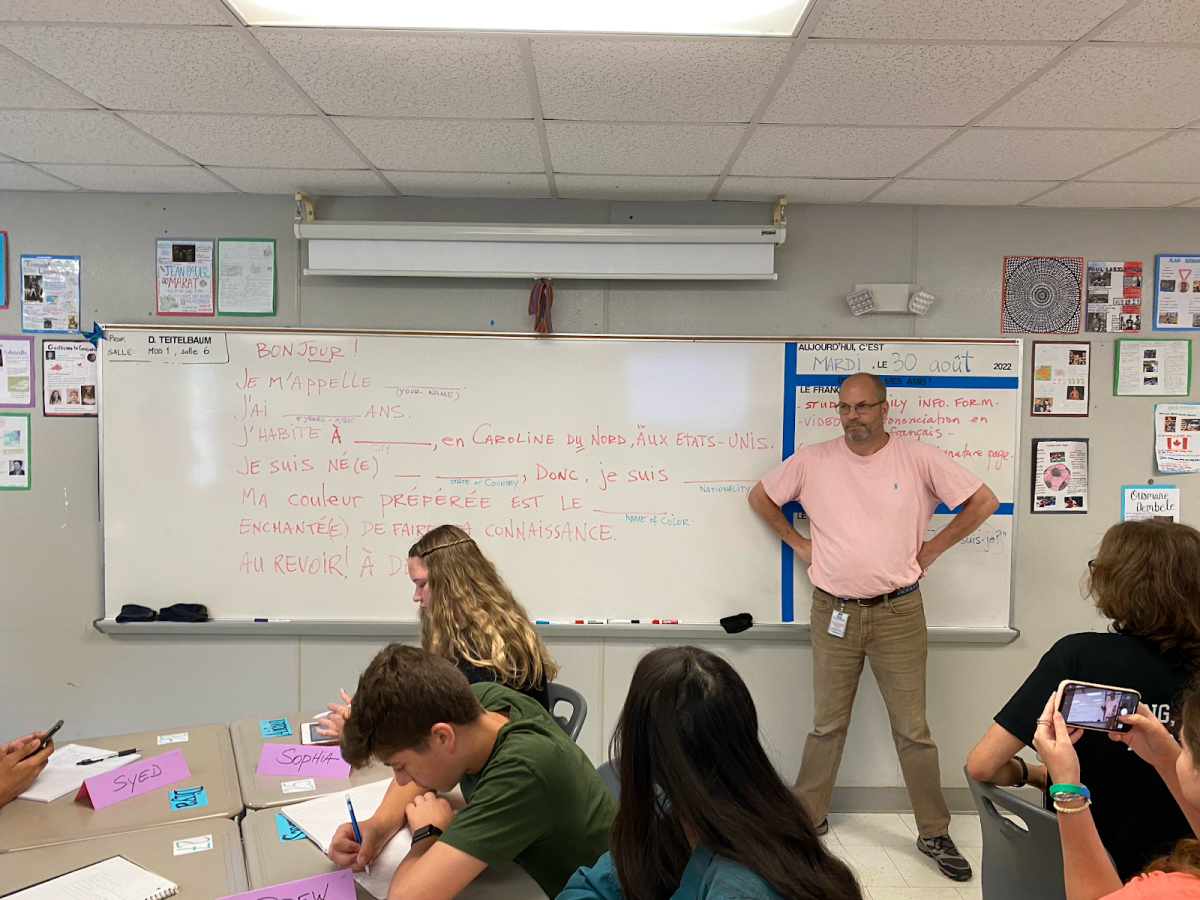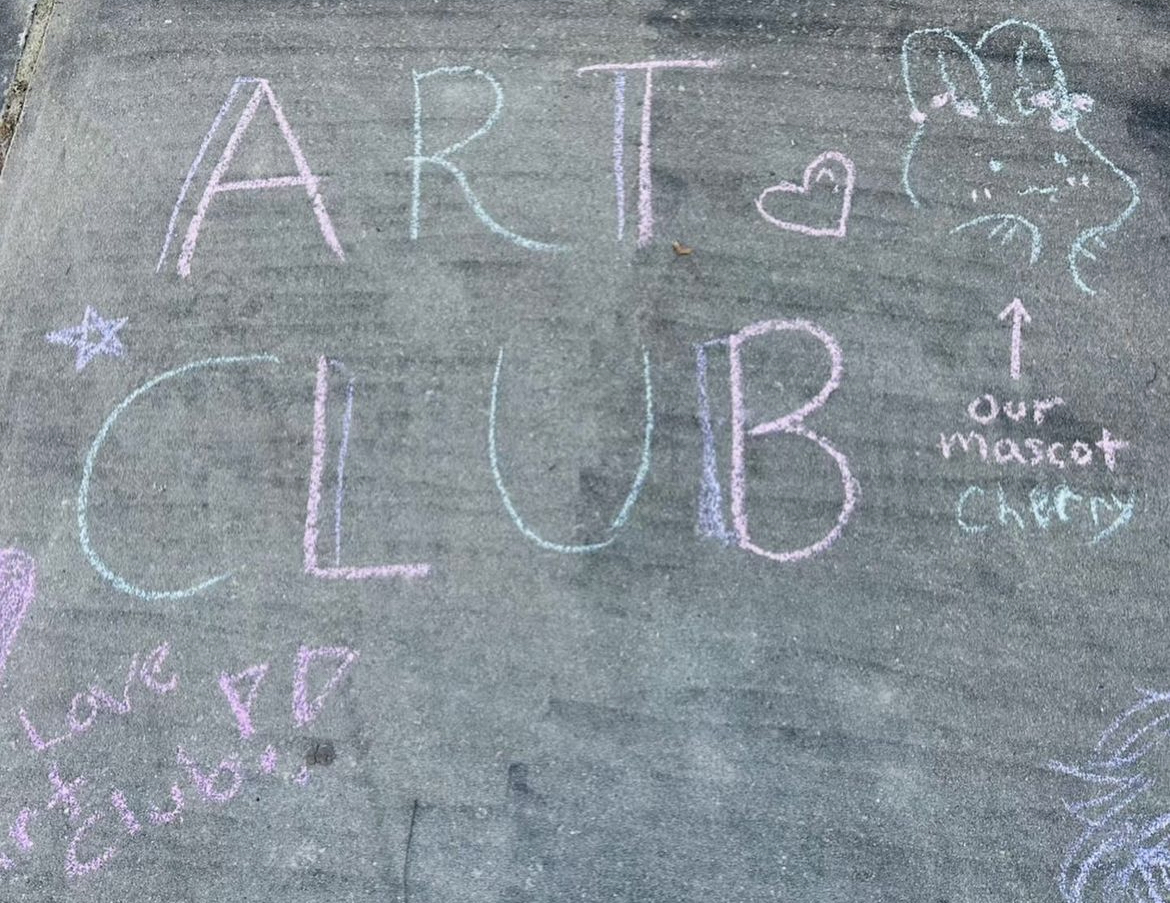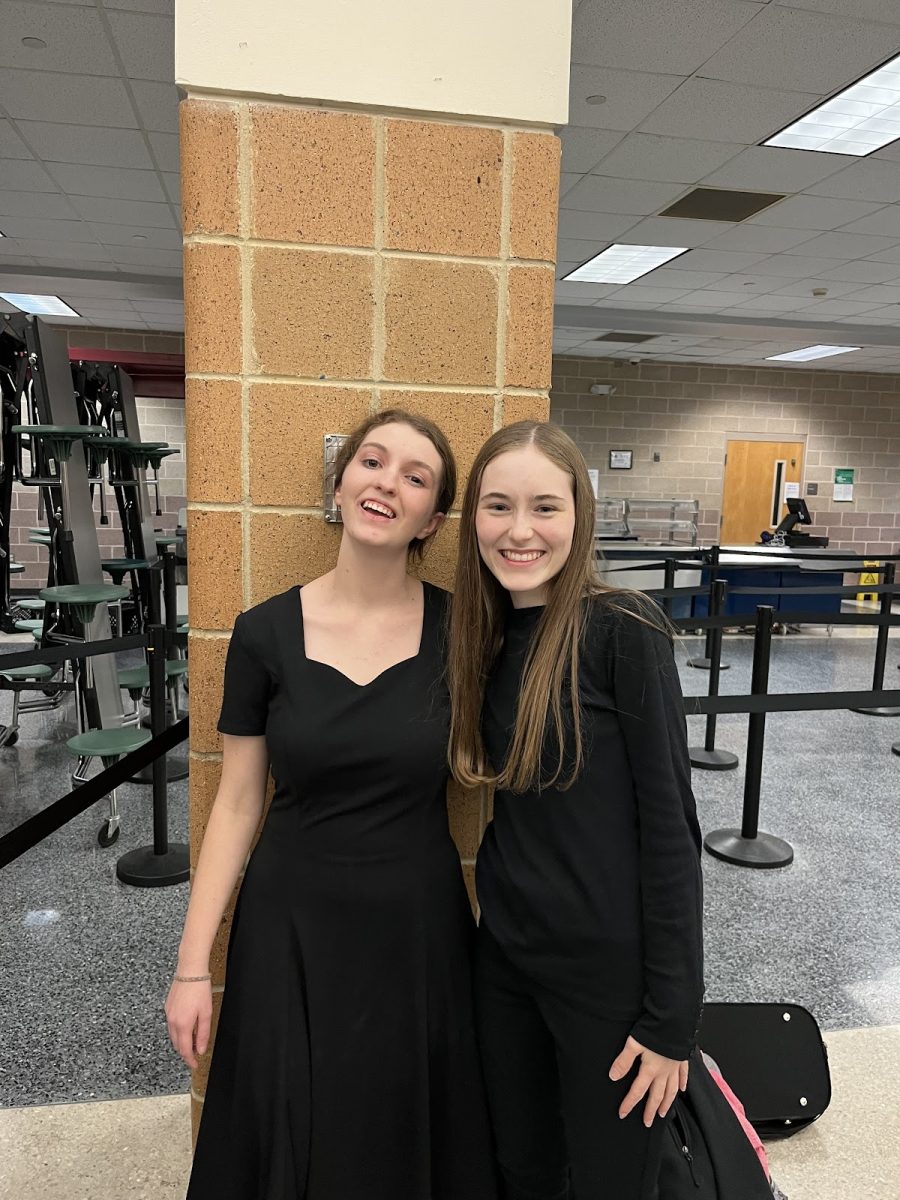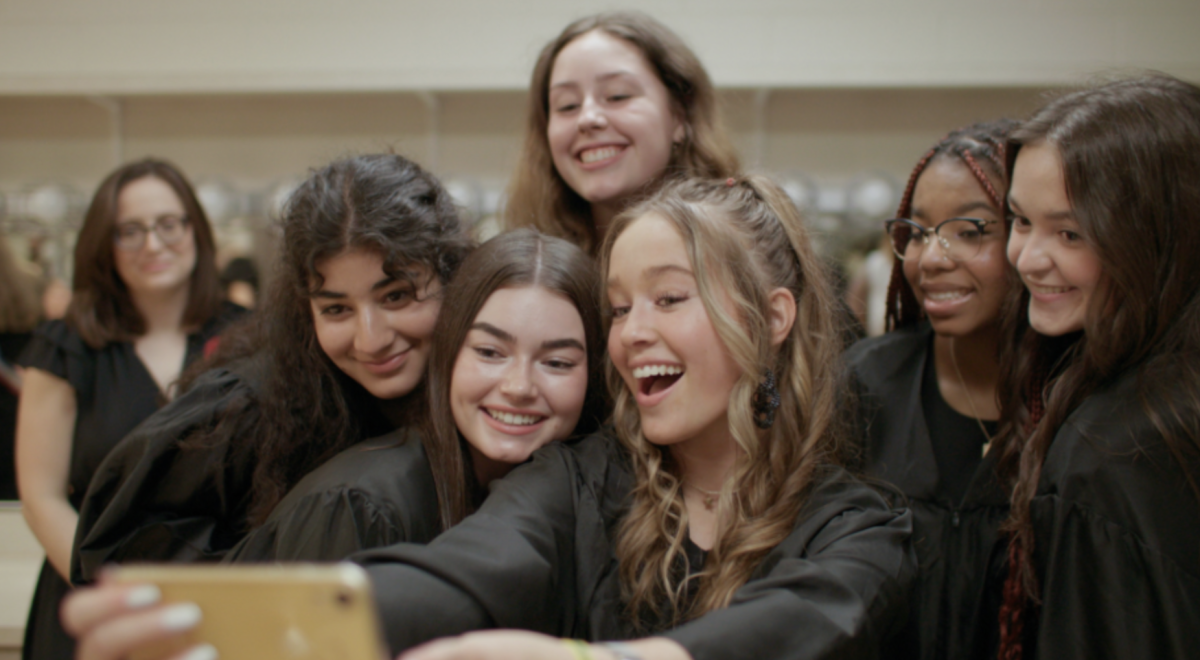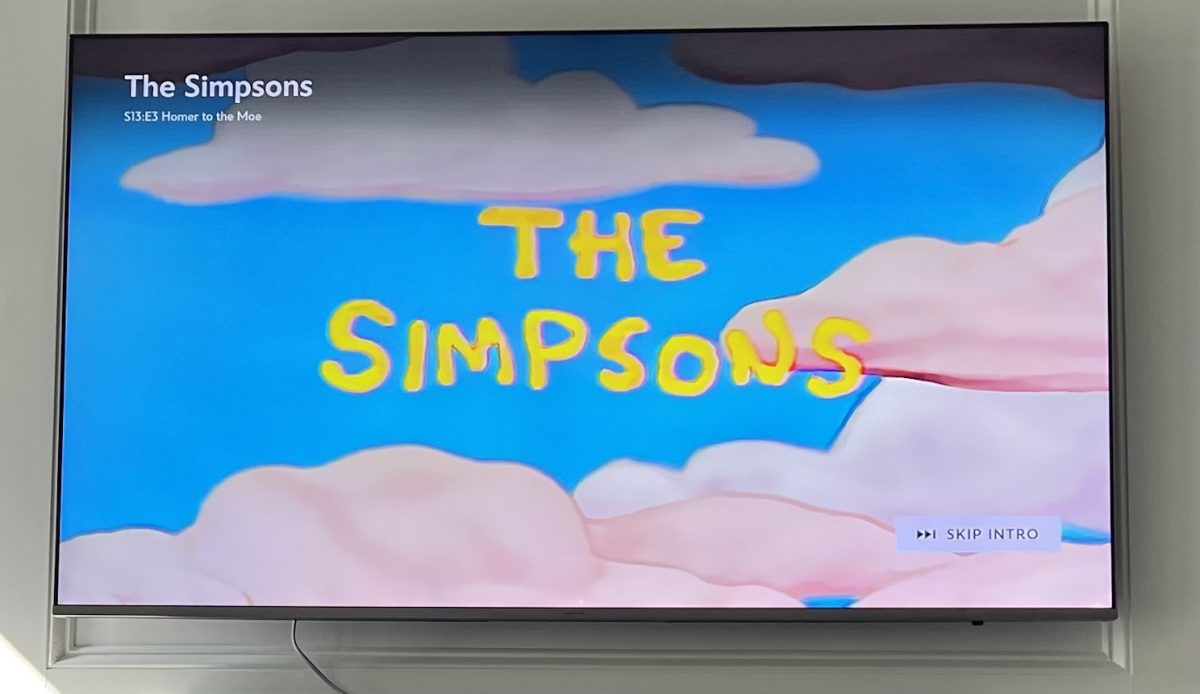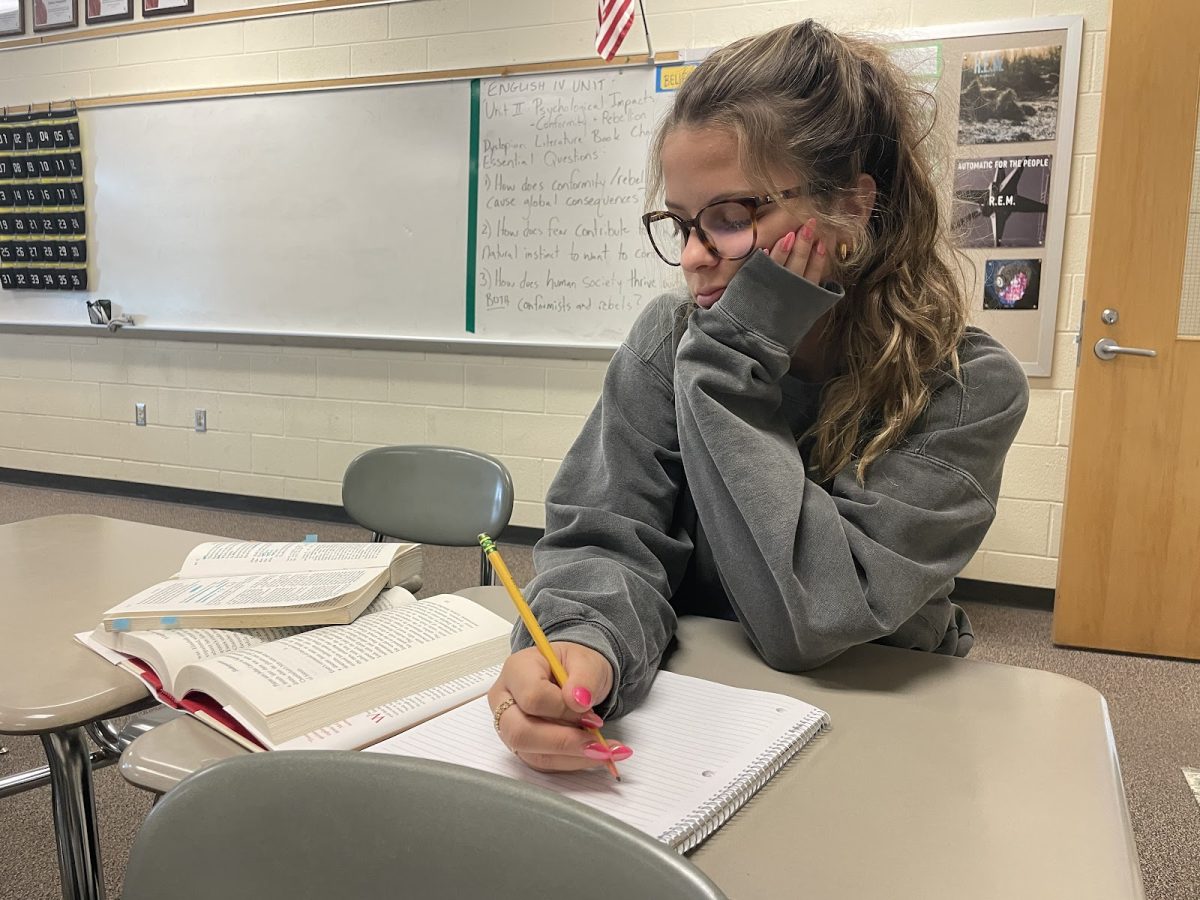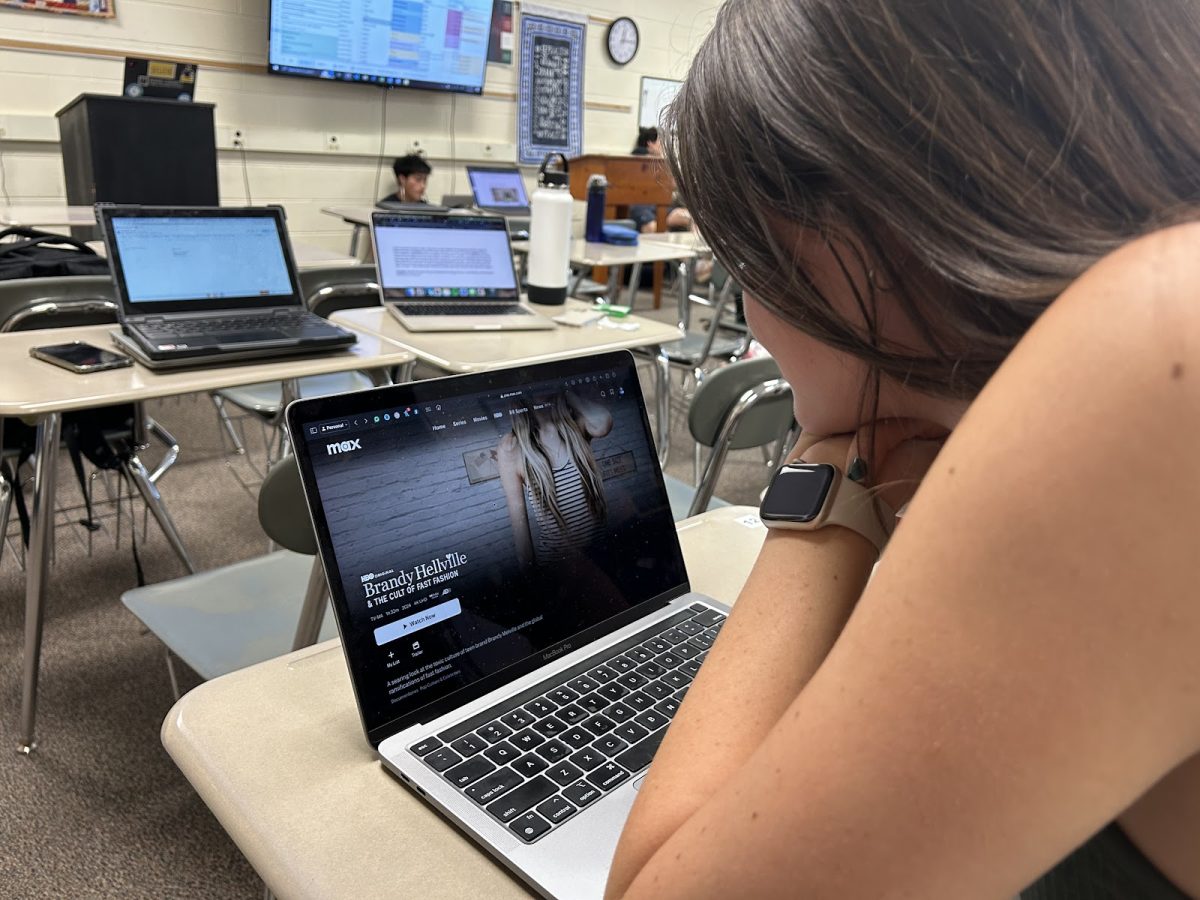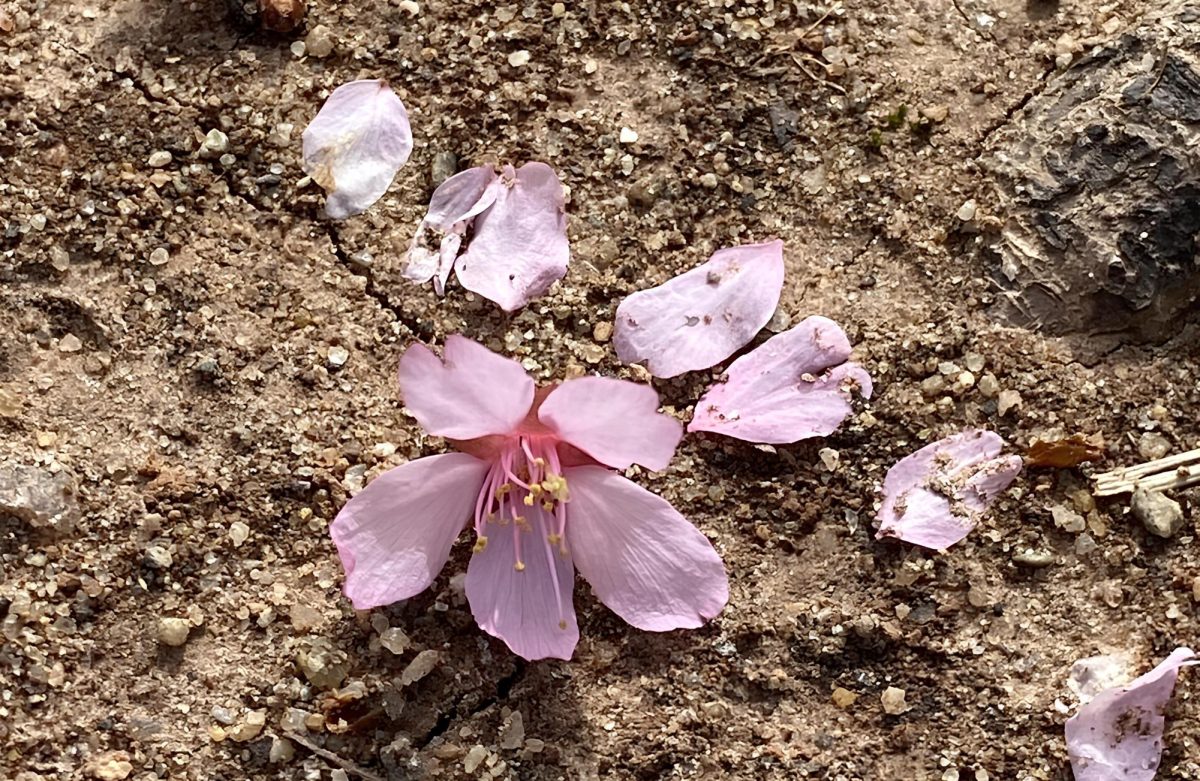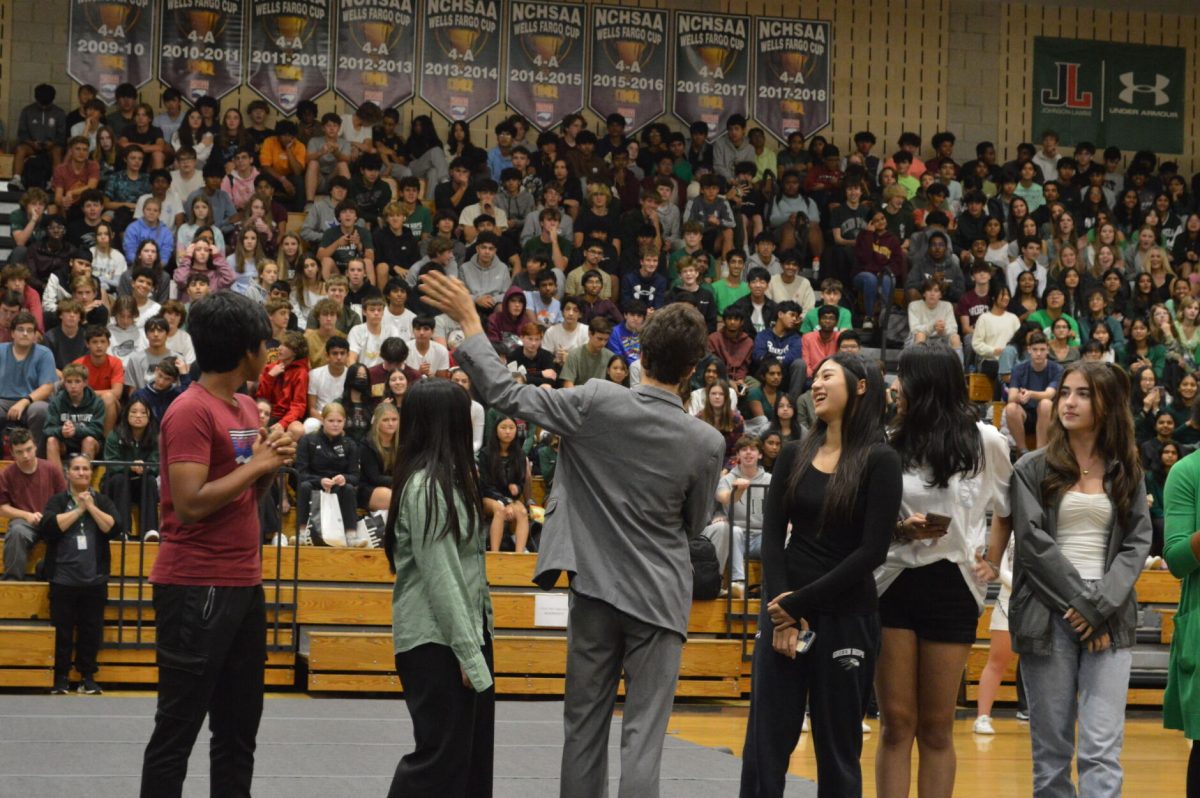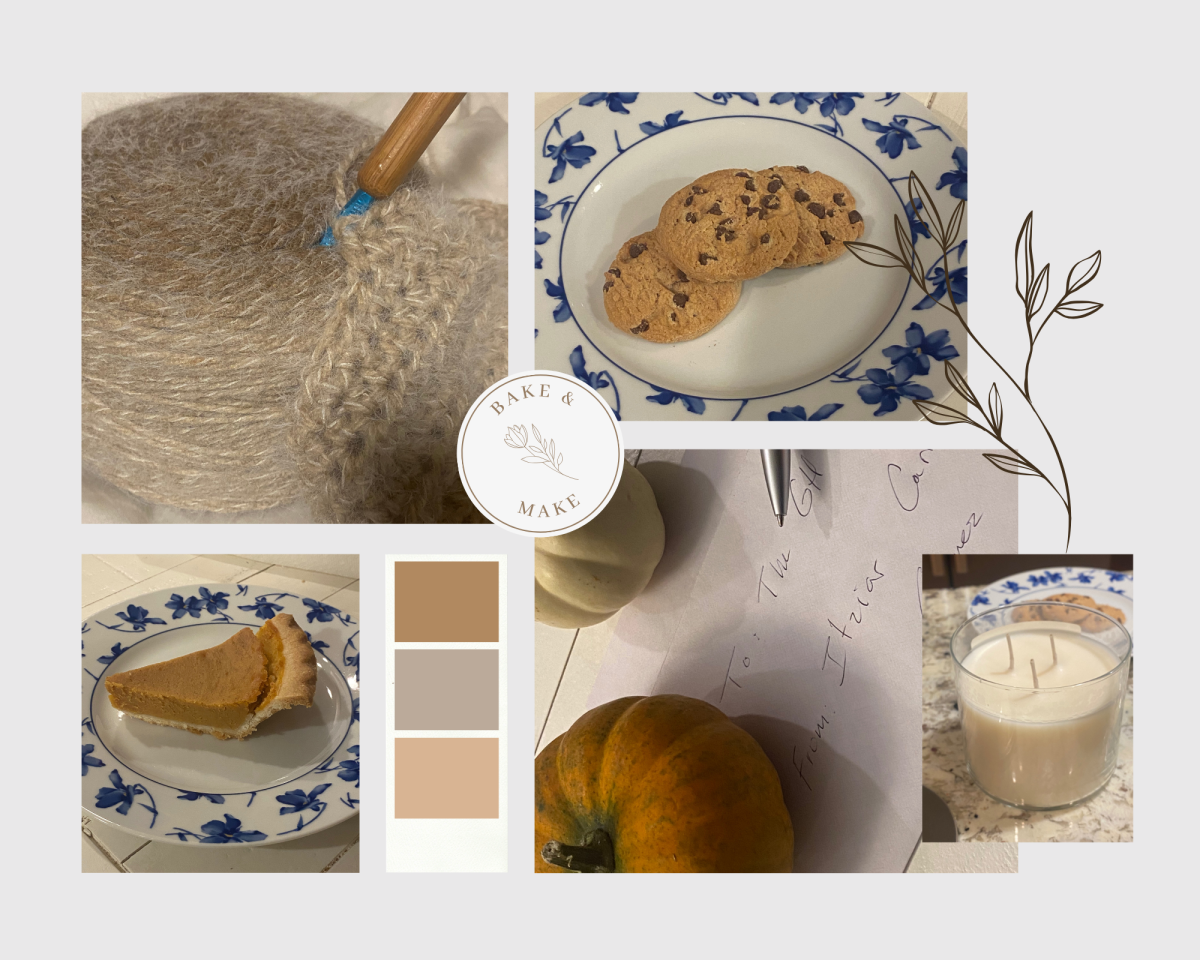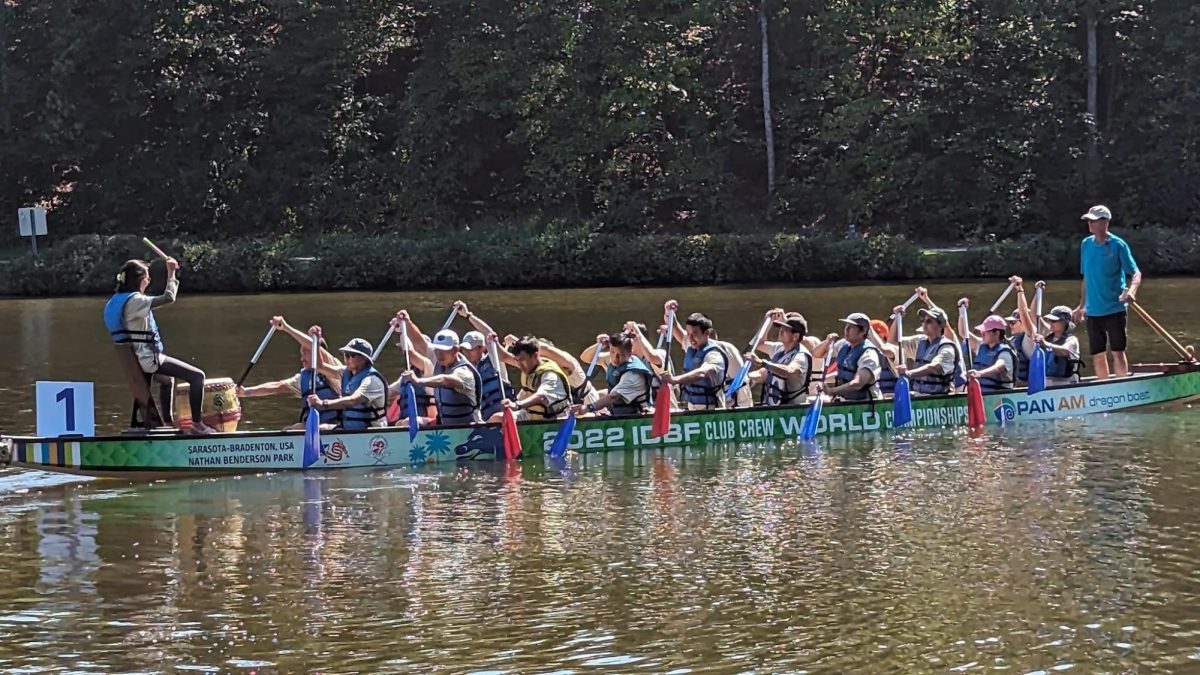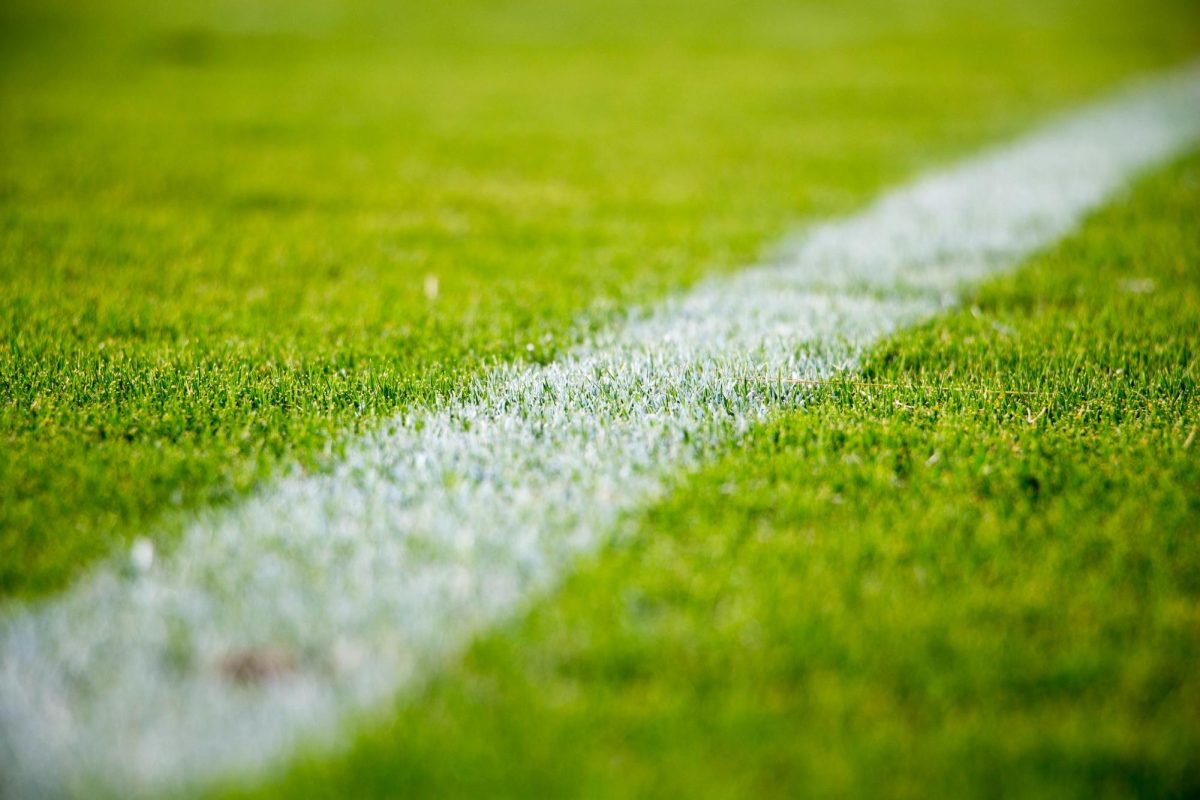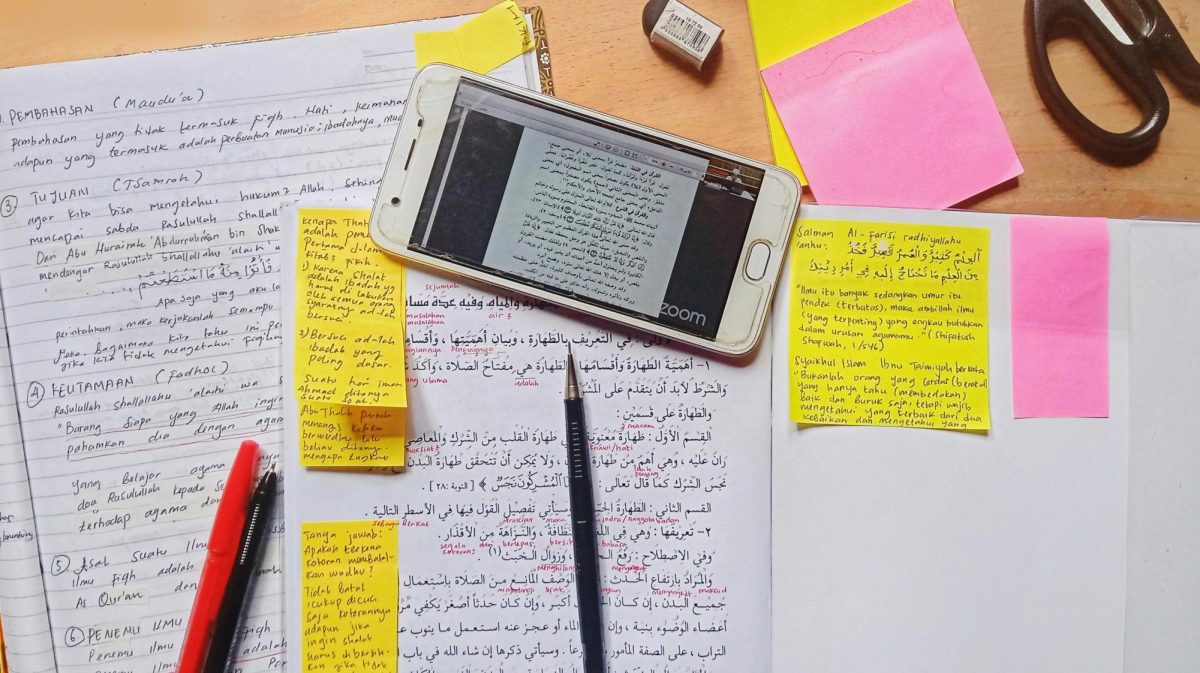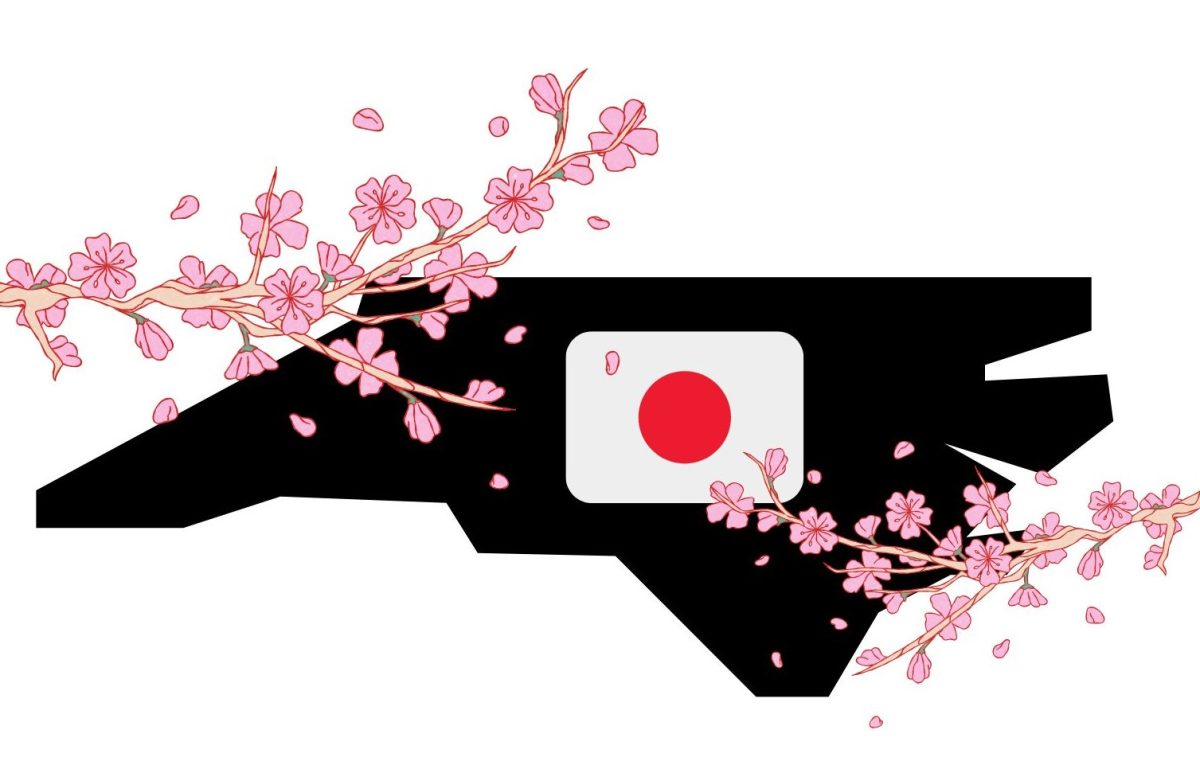For some North Carolinians, a blackberry bush or an oriental bittersweet is a welcome addition to a front yard – however, invasive species like these are disrupting natural ecosystems across the state.
Invasive species are often introduced unintentionally – seedlings stuck under people’s shoes, a ship that moves in from a foreign port or a gardener sprucing up their front yard with an exotic plant variety. Such a quality makes them all the more deadly, according to the National Wildlife Federation.
According to the Environmental Protection Agency (EPA), invasive species are non-native, and released into a region outside their typical habitat. With little competition and natural predators, these organisms often overtake food chains and outcompete native species.
Invasive species weed out native plants
One of the most common causes of these intruders is people who use invasive plants to decorate their yards and gardens, helping facilitate the spread of seeds to neighboring areas.
Mrs. Barbara Magee is an AP Environmental Science teacher at Green Hope, and discusses the impact that home furnishers have. “It could be all of those with a lot of plants. A lot of plants get in here because people want to have them like if people want to decorate their yard, and they moved here from the southwest, they’ll bring something in because it’s beautiful. And it makes them happy. It reminds them of home,” she said.
One distinction to make, according to Mrs. Magee, is the difference between non-native and exotic species. While a non-native species is any population that comes from a foreign location, an invasive one has a negative impact in its new ecosystem. “Exotic species [aren’t always] invasive, that means they’re kept well controlled. Like in a museum or a car, [or] an arboretum where they have those exotic species, but they’re not out and spreading naturally,” she said.
What makes these species dangerous is the lack of natural population-curtailing mechanisms in their new, unfamiliar environment. As a result, many populations of invasive species grow unchecked.
“Not have birds or other species in the area that would eat [invasive species] as food. You don’t have that food chain effect. They don’t have what we would call natural predators,” she said. Mrs. Magee detailed the impact of blackberries in particular. “We don’t tend to think about predators when we think about plants, but [people who plant them] have no idea[they] might be choking out our native blackberry species.”
Rachel Woods, Director of Museum Park Operations at the North Carolina Museum of Art, directs landscaping planning for the 164-acre property. While species and sustainability management is part of her work, she also helps to restore ecological sites and maintain environmental health in the museum’s park. She shared similar sentiments with Mrs. Magee, explaining that a majority of invasive species are from homeowners.
“The majority of the things we manage are considered landscaping plants that have kind of escaped from people’s yards,” she said.
Local organizations strive to fight invasive species
The North Carolina Museum of Art is one of several organizations in the Triangle area combatting the spread of invasive species. The park’s commitment to sustainability and ecosystem health wasn’t a precedent established by previous owners. Prior to the museum’s renovations, the park had experienced invasive species issues from vines like the English ivy.
Woods described changes that the park underwent to curtail species spread. “So a lot of our stuff is kind of historically before the park was a park, were probably brought in by neighboring neighborhoods, dumping their yard clippings and things from the park. And so they kind of like the English it kind of spread from there.”
Another species the park encountered was one that bears a fruit often found on grocery store shelves: blackberry bushes. “Blackberry is a native plant. So it’s a different category of being an aggressive plant that we kind of monitor for and don’t want to get at it. But is that treated in the same way as an invasive plant would be,” she said.
Although plants make up many of the state’s invasive species, animals also account for the annual damage done.
“We do have some non-native animals birds in the park, but we don’t manage those. We don’t manage insects in the park. Because I don’t allow really any kind of insecticides [in the park] because they have negative impacts on our natural native species of insects,” she said.
Monitoring and management
The organization aims to control the impact that invasive species can have on neighboring habitats, and complete eradication is rare, according to Woods.
“The purpose of the management is to increase biodiversity, so if you have kind of a plant that’s being a bully, let’s say taking all of the available habitat away from other species, then that’s kind of when it’s tipping the scale on what is considered a healthy ecosystem,” she said. “So then it needs to be kind of managed or monitored at [the very] least.”
The Nature Conservancy, an international environmental organization known for conserving wilderness across the country, acted as a model for the museum’s invasive species monitoring program. “We use the Nature Conservancy’s model for [our] invasive species management plan for the park. They have a template that you can kind of use [as an] early detection, rapid response strategy, so things that we monitor for are the highest priority to get rid of.”
The process gradually reduces and contains plant spread over time. However, invasive species that are already introduced will likely never get permanently eradicated. The issue requires constant monitoring and management, and proves difficult for programs like the museum’s to sustain indefinitely. “So it’s a it’s kind of a long term strategy that the annual inputs will need for management reduces but it’s as because of where the park is located in an urban environment,” she said.
Woods referred to invasive species’ persistence as a “forever” situation that requires constant attention and work. “It’s probably a forever situation, which is why a large part of our what we do is educating the public. [It shows] the importance of using native plants in your landscaping versus something that has negative impacts on natural spaces,” she said.
Seeking solutions
Finding solutions requires holistic approaches that integrate modern and traditional methods of managing invasive species. Part of the solutions that Woods discussed highlighted the integration of exotic and native species.
“We have initiatives for increasing biodiversity in the park through native species planting in all areas [of] the park and using not 100% natives … You think about the landscape as a work of art, that it’s about beautifying the campus, providing plants that support wildlife, to have that ripple effect on wildlife biodiversity as well [as] in the park,” she said, referring to the larger benefits that science may have.
Public education also plays an important role in reducing the introduction of invasive species. National initiatives like the National Invasive Species Awareness Week from Feb. 26 to March 1 raise public awareness surrounding this issue, but local campaigns make strides on a regional level.
One specific program Woods detailed was the Bradford Pear Bounty Program, which encouraged residents statewide to remove invasive Bradford Pear trees from their yard in exchange for free native replacements.
“In 2023, [we] had these initiatives that if you removed for instance, a Bradford pears in your yard, they would give you have free native flowering tree to replace it with. There’s some [programs] in the county as well that do these native giveaways, so you kind of have this incentive to remove the invasives [in lieu of] something [else],” Woods said.
Although invasive species post a persistent issue to natural resource managers, Green Hope students are also making a difference in regards to mitigating the spread of invasive species. “We participate in invasive species removal for the Town of Cary and some for Wake County, where [students] actually go and target [species like] Japanese stiltgrass — that’s a big one in our wetland, as well as in the White Oak Creek Greenway,” Mrs. Magee said.
As Green Hope environmental science students continue to engage in stewardship for the local region, organizations strive to reduce the damage done by invasive species.






